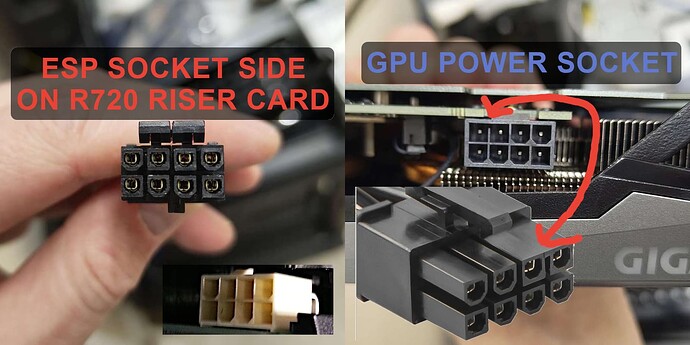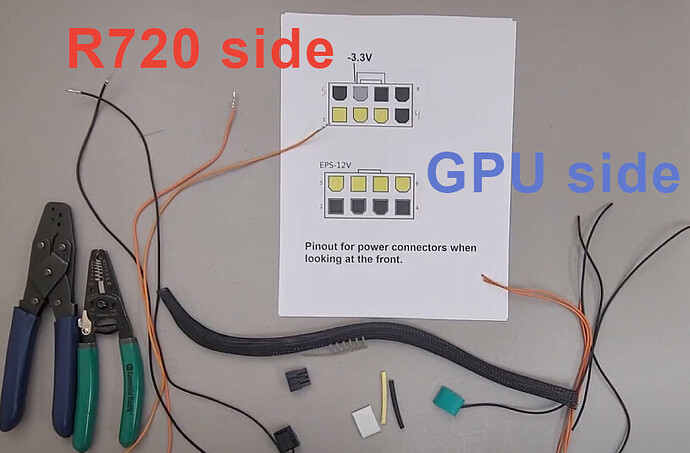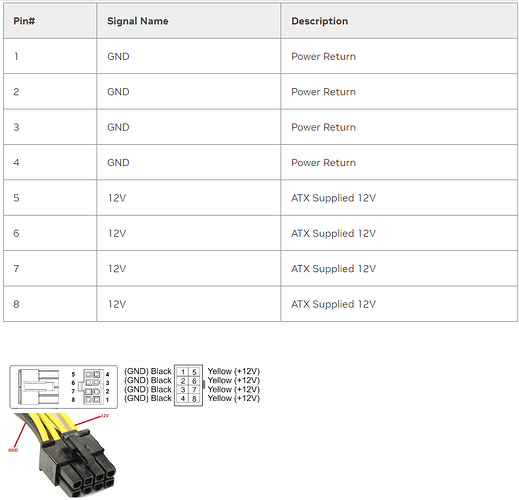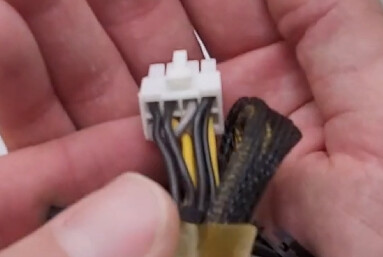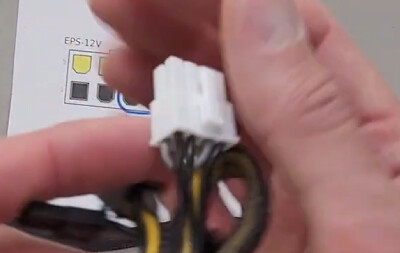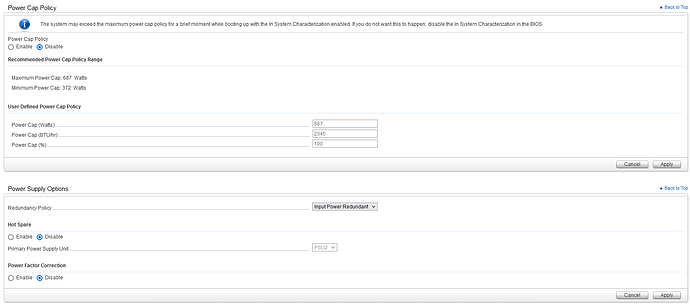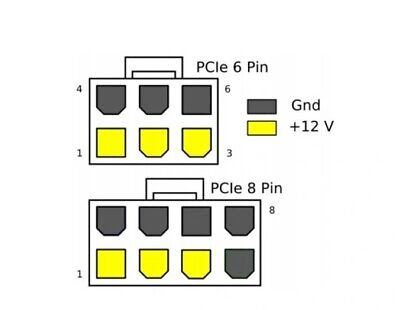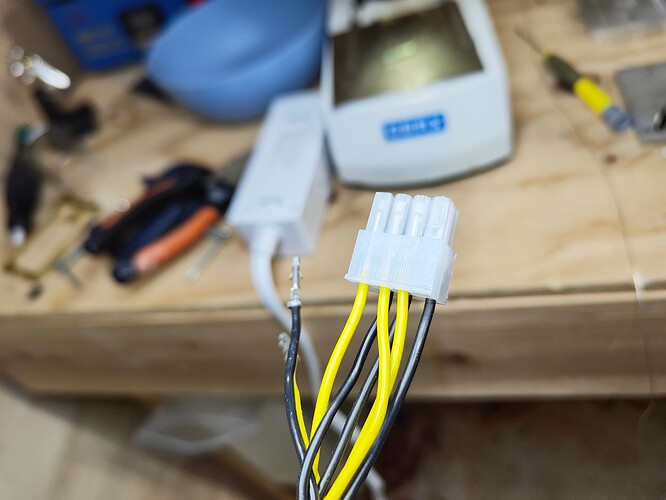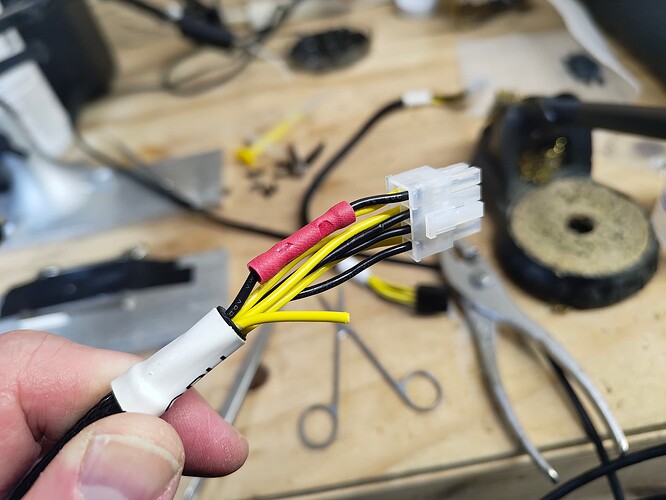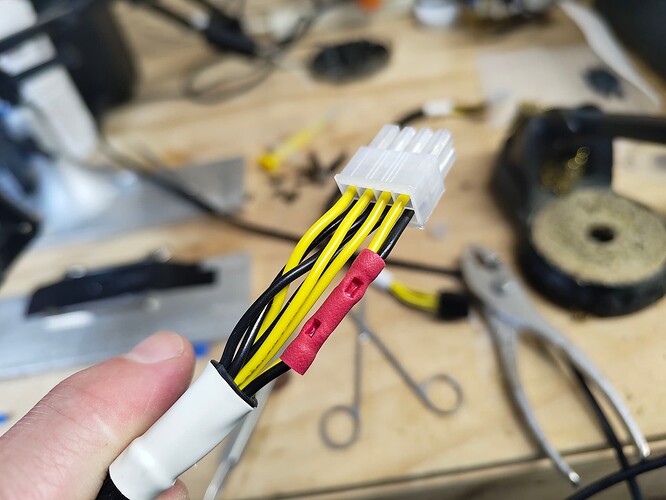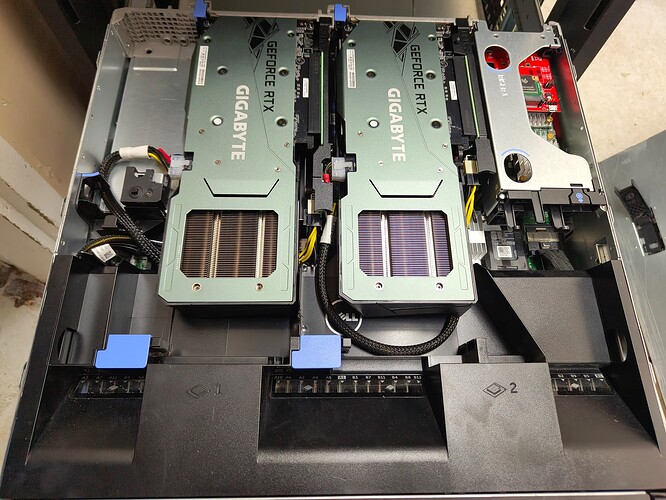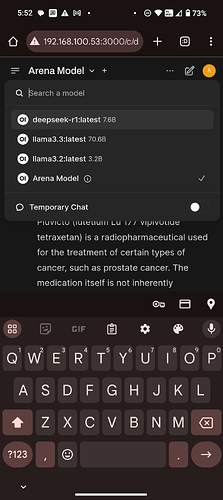So.. I want to put a consumer gaming grade GPU .. actually I want to put two consumer grade GPUs into my ol’ Dell R720 server to play with LLMs etc. The problem is there apparently is no power cable that exists which can connect the 8 pin 12v sockets on the riser cards to the GPUs. I bought a bunch of different cables and none of them worked.. so now it’s time to get to splicing.
Here is one of the riser cards with the power socket on the back;
Here is the cable configuration I need;
To make things easy on myself, I ended up cannibalizing pre-made cables;
RTX 3060 GPU socket
I needed a cable that has the GPU connector on it that is compatible with the RTX 3060, which I found is kinda hard to find for some reason, but Amazon had some options which I plan to extract this connector from;
or these…
R720 riser card socket
I needed a cable that has a connector on it that is compatible with the R720 riser card power socket. This whole thing started when I mistakenly purchased a power cable that fit my R720 riser card socket but did not plug into my 3060 GPU.
but Amazon also has options;
How to mod…
I found that eBay listing above for the R720 GPU cable because of this guy’s great video;
In it, there is a nice pinout shot right at the start of the video which I will post here to save it, just in case the video disappears later;
Also, just to double check, I found this pinout information on the actual NVIDIA website;
Key points from his video are as follows;
-
He makes his cables 17.5" long which is just enough to get under the GPU then up and around into the connector on the GPU.
-
The GPU does not communicate anything over the power cable, while the riser card in the R720 does have a sensing pin. Because of this, the sensing pin must be shorted to ground. The specific pin used for this on one of the official Dell power cables is ground pin 4;
Here is the official Dell cable using a grey wire to accomplish this.
Notice how the sensing pin is not tied into a used ground which connects to the GPU side, it uses an entire ground pin for this. Technically this could impact the ability of the cable to carry current, but if it’s good enough for Dell.. then ok. Also, who knows how this works internally, it might be arbitrary or it might actually damage the sensing pin if another ground is used or pin 4 is also connected to GPU ground.
.. update forthcoming as soon as I have my completed tested working cables ..

